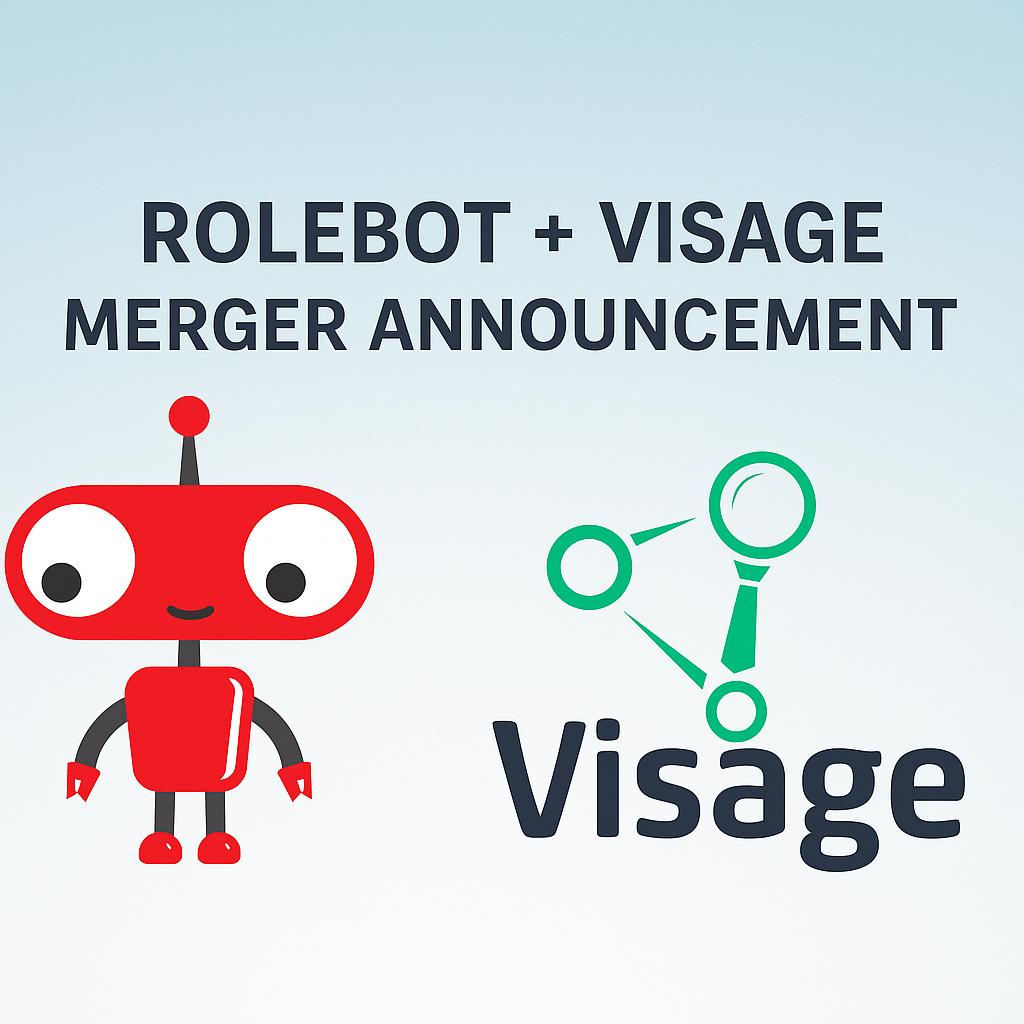Mastering the Art of Recruitment Technology: A Tactical Guide for Modern Recruiters
Recruitment technology has revolutionized the way recruiters and hiring managers identify and hire candidates. According to LinkedIn’s
The Future of Recruiting report, 68 percent of recruiters say investing in new technology is the best way to improve recruiting performance. A recent
Paycor study found that 97 percent of employers plan to increase their investments in recruiting technology.
With the demand for talent and the rising competition increasingly hot and heavy, recruiters must implement technology solutions to stay ahead of the curve. With so many options available, choosing the right solution can be rightfully overwhelming.
Key Considerations for Implementing Recruitment Technology
The best technology solutions are simple to use and integrate seamlessly with existing systems to prevent business interruptions. Don’t implement new recruitment technology without considering these things.
- User-friendliness and ease of integration with existing systems
- Security and data privacy
- Scalability to accommodate future growth
- Cost-effectiveness
- Vendor reputation and customer support
Types of Recruitment Technology Solutions
AI and ML tools are handy for automating repetitive tasks and screening candidates. AI-powered solutions can automate tasks, such as resume screening and scheduling interviews, saving recruiters time and reducing the risk of human error. And with humans, “oops” is more like a “when” than an “if.”
Recruiters should look into the following types of recruitment technology solutions when looking for resources to drive the recruitment process.
- Applicant Tracking Systems (ATS)
- Recruitment Marketing Platforms
- Artificial Intelligence (AI) and Machine Learning (ML) tools
- Video Interviewing and Assessment Tools
- Onboarding and Engagement Platforms
Establishing Your Recruitment Goals
Have you defined your recruitment goals? Before implementing any technology solution, defining them is essential. What kind of candidates are you looking for? What is the desired candidate experience? What is the timeline for the recruitment process? Answering these questions will help you identify the technology solutions that best align with your recruitment goals.
Start by evaluating your current recruitment process. Identify pain points in the process, such as lengthy screening times, repetitive tasks, bottlenecks or a lack of candidate engagement, and consider technology solutions that can address these issues.
Choosing Effective Solutions Aligned with These Recruitment Goals
Implementing recruitment technology solutions that align with your recruitment goals helps you achieve better results, improve efficiency and reduce costs. To ensure the solutions you choose are effective and aligned with recruitment goals, consider the following:
- Evaluate the technology’s ability to address the organization's unique recruitment challenges
- Understand how the technology integrates with existing recruitment processes
- Check for the availability of customization options to cater to specific needs
- Analyze the impact on the candidate experience and recruitment outcomes
- Conduct a cost-benefit analysis to assess the return on investment (ROI)
How to Guarantee You’re Choosing Effective Technology Solutions
- You Find Solutions that Address Pain Points
The technology solutions you choose should address the pain points you identified in your recruitment process. For example, consider implementing an AI-powered resume screening tool if lengthy screening times are an issue. - Analytics and Reporting Capabilities are Included
Solutions that provide analytics and reporting capabilities can help you make data-driven decisions. This data can help identify areas for improvement in the recruitment process and measure the success of recruitment efforts. You can’t improve what you aren’t measuring. - Candidate Engagement is at the Heart of It
A personalized experience wins the day. Chatbots, for instance, can provide candidates with immediate answers to common questions and reduce the workload for recruiters. - You’re Optimizing Your Hiring Process From the Top of the Funnel
Did you know that the recruitment process can start at the interview? Rolebot, for instance, is a recruiter’s top-of-the-funnel bionic arm for bandwidth.
Vendor Selection Checklist
Use the following checklist when exploring new vendors:
✔️Evaluate the vendor’s reputation, customer support, and experience
✔️Check for compatibility with existing systems
✔️Request product demonstrations and free trials
✔️Analyze the pricing structure and return on investment
✔️Assess the security and data privacy policies
Never Underestimate the User Experience
Consider the user experience for both recruiters and candidates. The solutions you choose should be user-friendly, efficient and effective. User experience can impact candidate engagement and the perception of your company, so it's essential to select solutions that create a positive experience.
The Road to a More Strategic and Data-Driven Approach
Data-driven recruitment is a game-changer. It helps teams make more informed decisions, streamlines the recruitment process and improves the candidate experience. Recruiters can become more strategic and data-driven in their recruitment efforts by leveraging technology to:
- Use data to make informed recruitment decisions
- Track and analyze key recruitment metrics, such as time-to-hire, cost-per-hire and quality of hire
- Predict future recruitment needs and plan accordingly
- Identify areas of improvement and optimize the recruitment process
- Improve the candidate experience and brand reputation
“Currently, managing recruiters is like managing superstar salespeople. Everyone is highly specialized and has a very specific purpose. In the future, they’ll be more well-rounded and analytical—more like business people,” said Akarin Phureesitr, Chief People Officer at Central Pattana.
Becoming Strategic and Data-Driven with Technology
- Use Data to Measure Success
Key metrics that recruiters should be tracking include time-to-hire, cost-per-hire, candidate experience and candidate quality. By analyzing these metrics, recruiters can identify improvement areas and measure recruitment efforts' success. - Implement Predictive Analytics
Predictive analytics can provide insight into future hiring needs, identify potential bottlenecks in the recruitment process, and help recruiters make data-driven decisions. - Automate Repetitive Tasks
By automating repetitive tasks, recruiters can focus on strategic initiatives, such as employer branding, candidate engagement, and process improvement. - Use Technology to Improve Candidate Experience
Technology solutions, such as video interviewing and virtual onboarding, can improve the candidate experience and increase engagement.
Recruitment technology solutions are essential for modern recruiters looking to stay ahead of the competition. By defining recruitment goals, evaluating the current process and considering user experience, recruiters can set themselves up to be leaders in the space.
Psst🤫 — hey, recruiters. Did you know Rolebot empowers recruitment teams to engage candidates to meet their organizational needs? Book a demo to see it in action!
This Could Also Interest You:



